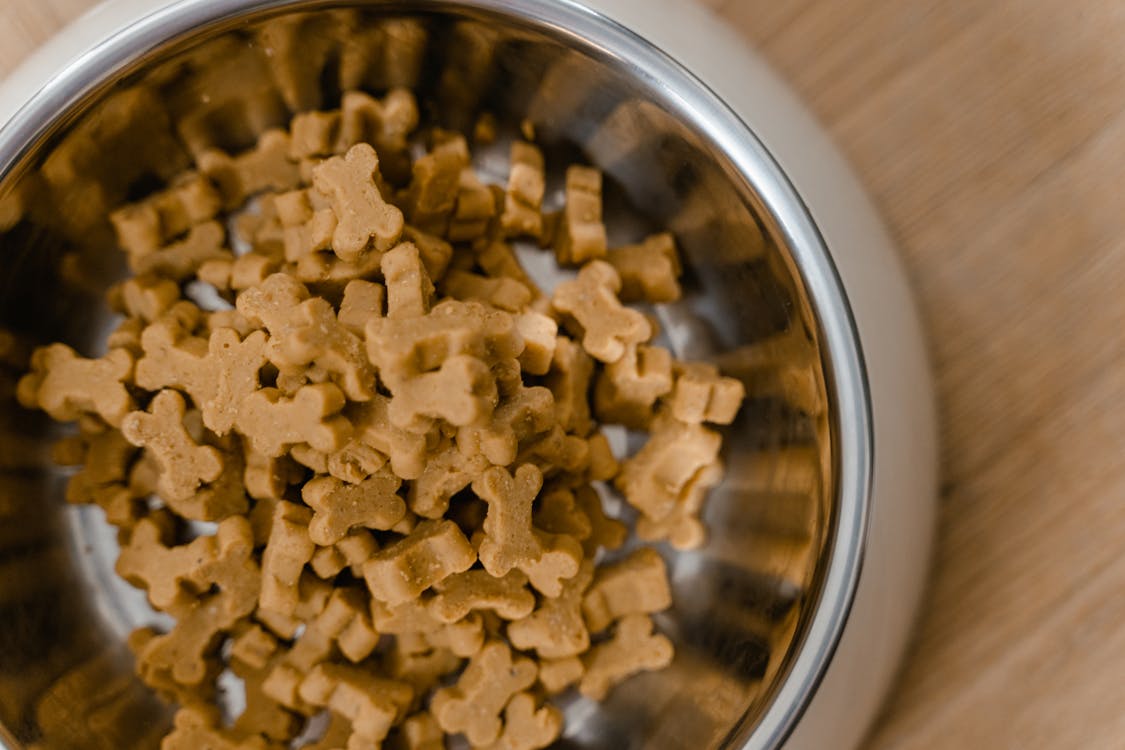As pet owners, ensuring the well-being of our furry friends involves being vigilant about potential hazards, even within the safety of our homes. Foreign objects in pet ears, although less common than outdoor risks, can still pose a threat to your pet's comfort and health. This guide explores the causes, signs, and preventive measures to address foreign objects, particularly those originating from indoor environments.
Causes of Indoor Foreign Objects:
**1. Small Household Items:
Tiny objects such as bits of paper, lint, or even dust can find their way into your pet's ears, particularly if they enjoy exploring nooks and crannies.
**2. Grooming Products:
Cotton fibers from swabs or small remnants of grooming products may unintentionally end up in your pet's ears during routine care.
**3. Children's Toys:
If you have children or share your living space with them, small toys or craft materials may present a risk, as pets might investigate these items out of curiosity.
Signs of Indoor Foreign Objects in Pet Ears:
**4. Head Tilt or Shake:
A noticeable head tilt or frequent head shaking can be indicative of discomfort caused by a foreign object lodged in your pet's ear.
**5. Increased Scratching:
Pets may respond to ear irritation by scratching at the affected ear more frequently than usual.
**6. Changes in Behavior:
Anxiety or changes in behavior, such as increased restlessness or a reluctance to be touched around the head, may suggest ear discomfort.
Preventive Measures:
**7. Pet-Proofing Your Home:
Regularly assess your living space for potential hazards. Keep small items out of reach, and ensure children's toys are stored securely.
**8. Supervised Play:
When engaging in playtime with your pet, especially with small objects or toys, ensure supervision to prevent accidental ingestion or insertion into ears.
**9. Safe Grooming Practices:
Exercise caution during grooming sessions to avoid introducing foreign materials into your pet's ears. Opt for pet-friendly grooming tools and products.
Effective Strategies for Management:
**10. Gentle Ear Inspection:
If you suspect a foreign object in your pet's ear, gently inspect the visible part. Use a veterinarian-recommended ear cleaner to remove any visible debris carefully.
**11. Avoid DIY Removal:
Avoid attempting to remove objects with sharp tools or cotton swabs at home. Incorrect methods can push objects deeper or cause injury. Seek professional veterinary assistance.
When to Seek Veterinary Assistance:
**12. Persistent Symptoms:
If your pet continues to display symptoms, such as head tilting or scratching, despite your efforts, consult with a veterinarian for a thorough examination.
**13. Unsuccessful Home Attempts:
If your attempts at home care are unsuccessful or if the foreign object is not easily visible, professional veterinary assistance is necessary to avoid further complications.
Conclusion:
While the risk of indoor foreign objects in pet ears may be lower, pet owners should remain proactive in creating a safe environment. By understanding the potential sources, recognizing signs, and taking preventive measures, you can contribute to your pet's well-being and ear health.
